|
Picasso 1932 is Tate Modern's summer highlight show. It reveals how monstrously prolific Picasso was, some of the pictures being produced in a day. There are many excellent pictures in this exhibition, some true masterpieces but being so prolific there are some real duds. This is something I have noticed about Picasso before. His work benefits greatly from the halo effect. There are pieces that had they not been by Picasso would not benefit from a second glance, never mind being hung in a major show (for example the really bad Composition with Butterfly). That being said there are some really good things in this show. The other thing that comes across is how much of a massive misogynist Picasso was. Most of the pictures in the show are female nudes and with all but one exception they are simply titled "the nude". Some of them, such as The Three Dancers (which I hate) are truly horrific. Other people have said this better than me but it really comes across. I shall leave such things though and concentrate on the art I like, which even with the above being said is really worth seeing. The show takes you through the year chronologically. The first room is the least interesting and the most crowded so waft on through and it starts getting good, fast. The first heights are hit with Reading (above). As with most Picasso he makes sure you know there are books but it is a very good painting. NIce flowing shapes and the two tone chair and background is very effective. He paints quite thickly. In the same room you have "The Yellow Belt" which is a woman with a yellow belt. It has the characteristic Picasso abstraction but with very playful childish colours. This is called Rest (above). Excuse the persons head. You could take photos of most of the paintings (but not all). Even though I went during the day on a wet and thundery Tuesday, the place was pretty packed and judicious use of looming had to be used to get a good view of things. At first I thought it was just abstract shape, but eventually it resolves itself into a deeply unhappy looking woman. The fragments of colour in violent red, yellow and blue imply anything but red, as does the screaming face. Also the backdrop looks like the wall of an old English pub. Various versions of a Woman in a red armchair sit on the right hand wall of the same room. The 27th January version uses thick white and brown paint in more geometric shapes, reminiscent of a reductive skeleton, all in front of these looming red monoliths. Next to it is 30th January (above) where the paint is more subtly applied and blended, the chair less monolithy and for some reason this woman has a penis for a head. The penis head motif appears a few time. The cards next to the painting regale you with pyscho-sexual analysis of this, the conclusions of which I am sceptical about. Also, to show you he is annoyingly good at sculpture as he is at painting, there are various sculptures through-out the show. There is the centre of the second room the Bust of a Woman which is booth grecian and playful. The next room you have these very bold, very colourful and entirely excellent nudes. They appear to be of the same blond woman as far as I can tell. There is Nude with Green Leaves and Bust (above left) in which the figure is crossed with these thick black lines that seem to be restraining her. In the foreground you have these super coloured apples. Next to this is another picture of a woman sleeping in front of a mirror (above) and is all about the base, her bum surrounded by this lucious red that makes it pop against the geometrically scarred blue background. I do mind a bit about the objectification. However these really are superb works of art so one can stand away from that a bit. There is no doubt though, these woman aren't here as woman, they are here as abstracted shaped sex objects. So you get this again with Woman in a Black Arm Chair (above left) but there is a superb use of colour here, with fiery yellow blurring into orange and red on the right countered by the cool vivid blue on the left, and then these thick curving geometric shape. I particularly like the way he fills the negative shape in the figure with the hair. Different from this though is Girl Before a Mirror (above right). Again you have the bum in the mirror highlighted by a red background.but this time the figure itself is cut with these intriguing geometric shape. She looks pregnant to me. I like the way her face is light and almost haloed but the reflection is dark and almost bloodied. The sharp geometric background is most striking. What I like about shows like this, indeed exhibitions in general is introducing you to the new and unexpected. In this case it was views of Boisegeloup. He had a place there and painted a number of very sweet interesting landscapes. My favourite were a pair of a Rainbow over Boisegeloup (above). In each one the subject matter is approached very differently but they both have this very Japenese quality. I think the one on the right is my favourite. Picasso was interested in Octopuses, there is a video he shot of one in this room. This interest can clearly be seen in the two nudes in this room (above), one very much so where the woman's breasts morph into an Octopuses' eyes. I like the way he morphs the tone from dark to light in this one. he other one is more colorful and more interesting. Thick colourful paint and thick black lines. The pairs in the foreground are presumably symbolic. I also like the gold lines that are arcing out of the woman's head, and the half moon of black space, above her head and formed by her left arm. Compositionally it is excellent. In fact it is an excellent painting. The next room is called simply Fame. In this room along with some programmes, books etc the curators have put next to each other various different of Picasso's periods, culminating in one from 1932. Seated Nude (above left) is from his cubist period and is all dark and moody, with this almost alien figure emerging from the blocky background. Sleeping Woman in Front of a Mirror (above right) is much more what the hell?! What's with the gash for a mouth and the scratched out eye. Again thick colourful paint and in many ways it is an excellent painting but it reeks of dysfunction, which I found quite off putting. The Three Dancers is in the same room and that painting has the problem even more so. There are portraits of his family in this room. Done is a very classical style, save for they are against bare canvas. July and August are next and the naked squid woman are back (above). A similar pose, a similar style but these are still excellent paintings. The use of contrasting colours and varying tones is masterful. This room also contains one of my favourite paintings in the show, 27th of July's Nude Woman in a Red Arm Chair (above). The woman is calmer (indeed a little bored looking). I like her two tone face and again you have the juxtaposition of blue (her left arm) and red (the seat of the chair. The paint is thick and textural and the old trick of contrasting back ground (dark on the left, light on the right) is done well. Very nice . Black on White is the title of the next room and is an excuse to show a number of dull sketches on canvas. They look like abandoned pieces of work. They come across as filer. They are not particularly interesting except to show the way he worked. The cabinet in the centre of that room houses a number of his sketch books (like the one above) that do this in a more interesting and visceral work. This room also contains one of the few portraits where the subject is named; Marie-Therese in Pensive Mood Moving swiftly on. September and October is possibly the most interesting room in the whole show. There are three different series of paintings in this room. The first is the flute player (above) where in a number of different poses and styles The Crucifixion, specifically transcriptions of Grunewald's Isenheim Alterpiece are the next theme (above). All done in ink you have the same theme again and again in different ways. Some horrific, some geometric, some surrealist. There is a whole wall of them and they are fascinating. My favourite series though was four joyous beach scenes (of which two are above). You have these dancing playful almost cartoonish figures cavorting around. They are quite simply done but I kept coming back to them again and again, they are amongst my favourite things in the show. Final room- November and December. Picasso had recurring dreams about trying to rescue people from drowning. He did paintings of this of which the one above is my favourite. I love the soft green flower covered background and the way it becomes darker and seems to be scored with scratch marks. The final painting in the final room was probably the best thing in the whole show. It is called Sleeping Woman (above). I like the way you just have this outline figure, with these vivid colours in the background morph into each other before fading away entirely. The gold triangle is particularly good.
Many people dislike Picasso and I can really see why. He is however extremely good and this is a very good show. Having made it so far I shall leave you with a puff for my show, which opens Wednesday 6th June at Hoxton Cabin. Launch part from 18:00-21:00. Do come.
0 Comments
Leave a Reply. |
Archives
June 2024
Categories |
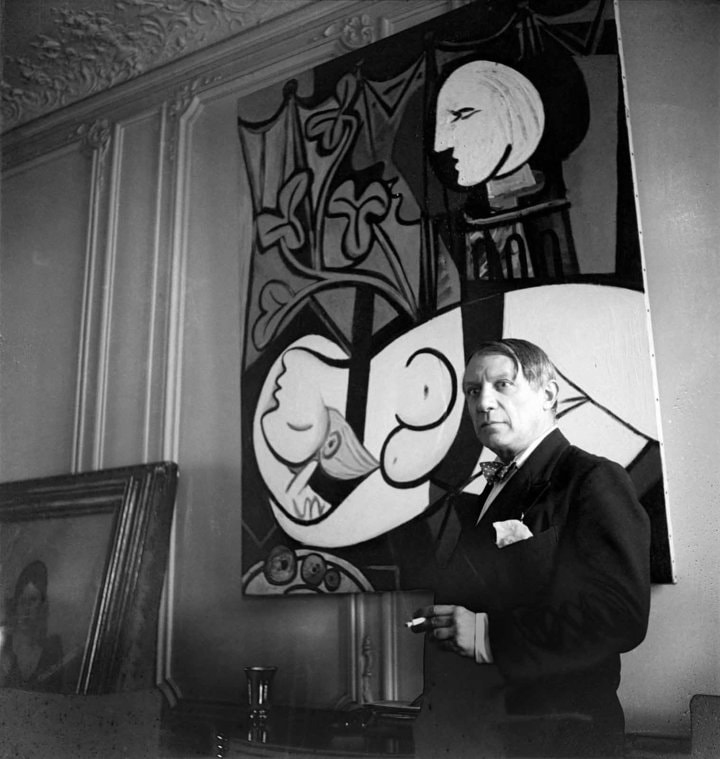


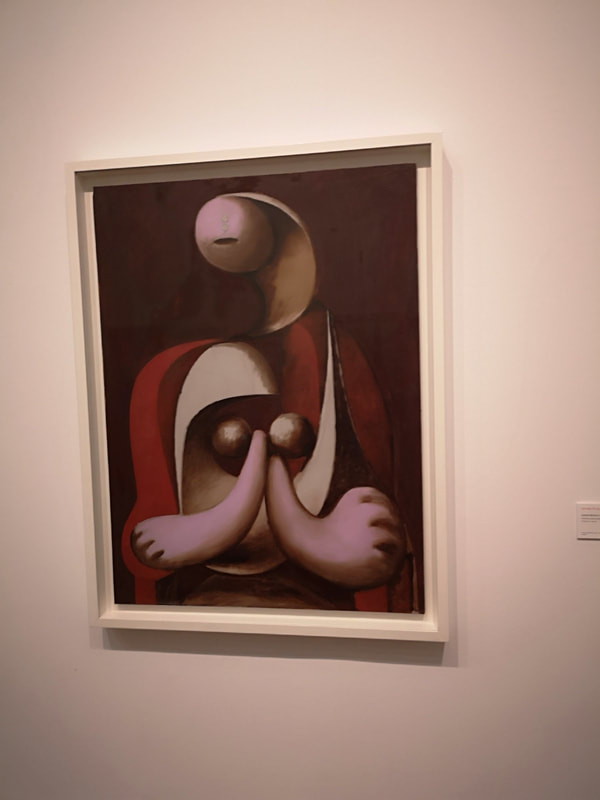
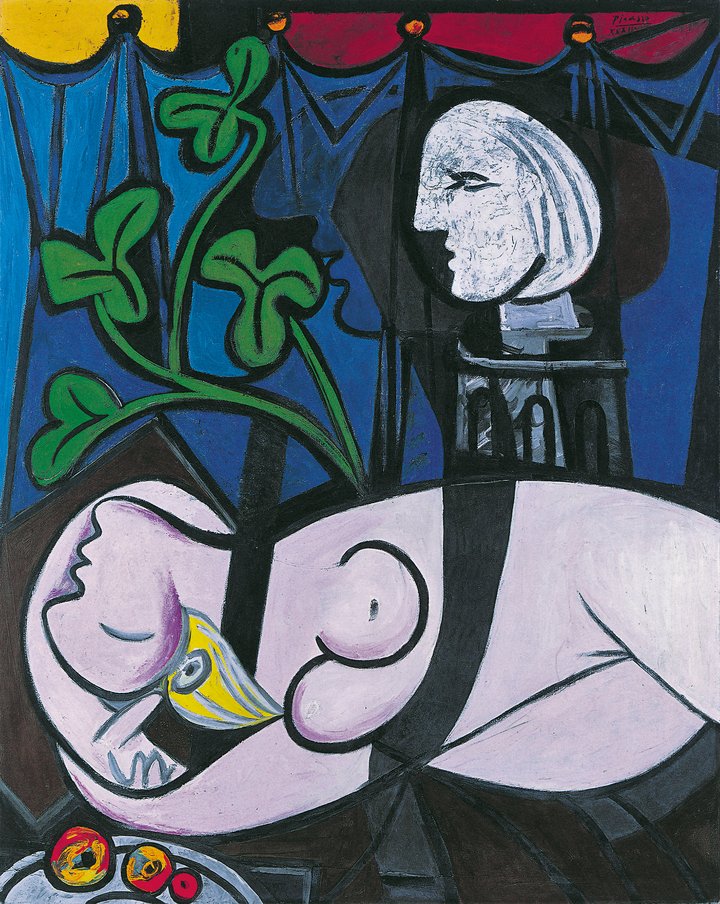

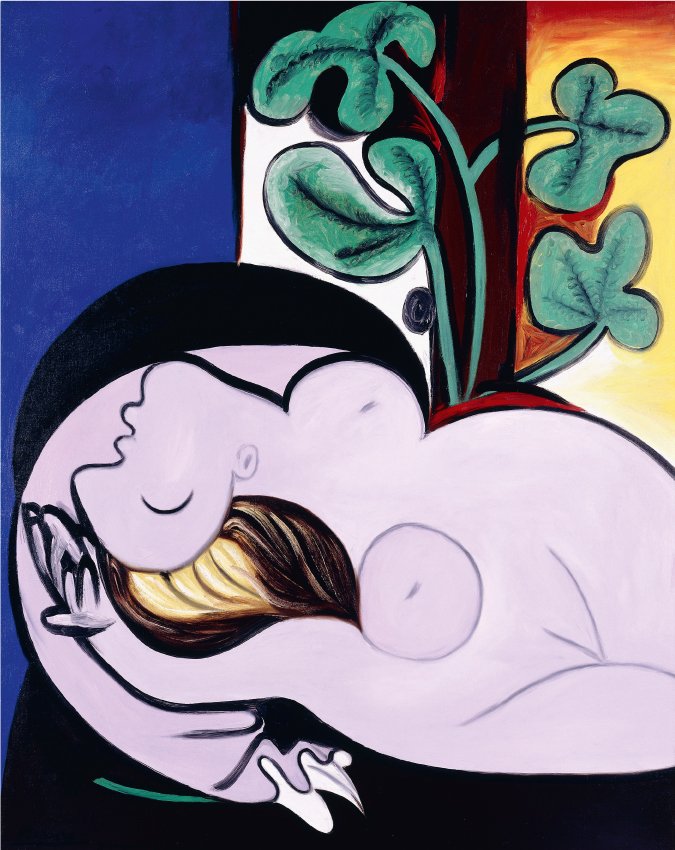
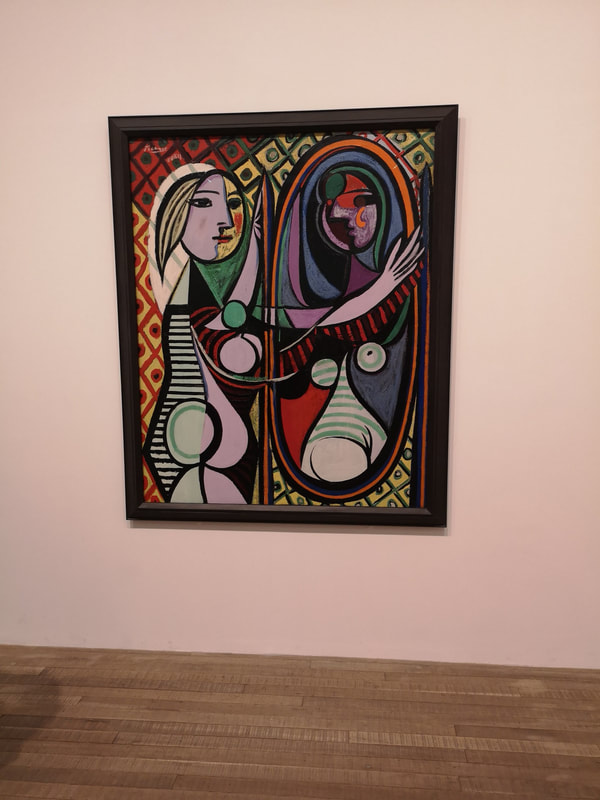
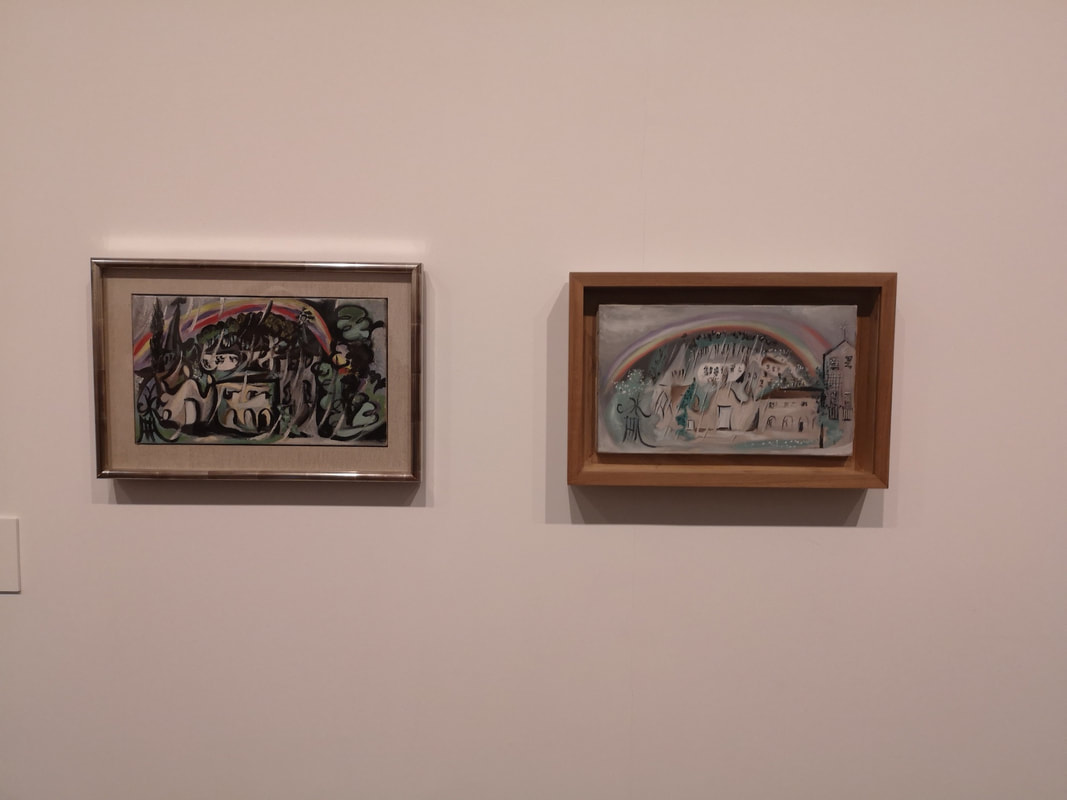
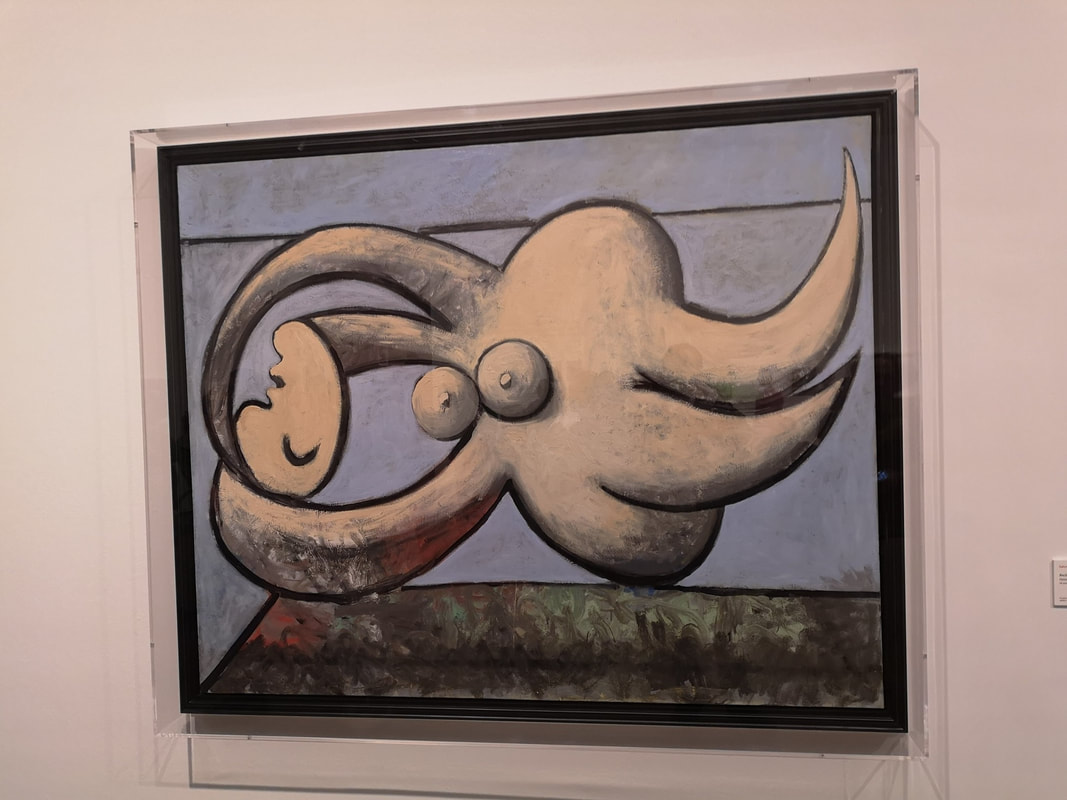


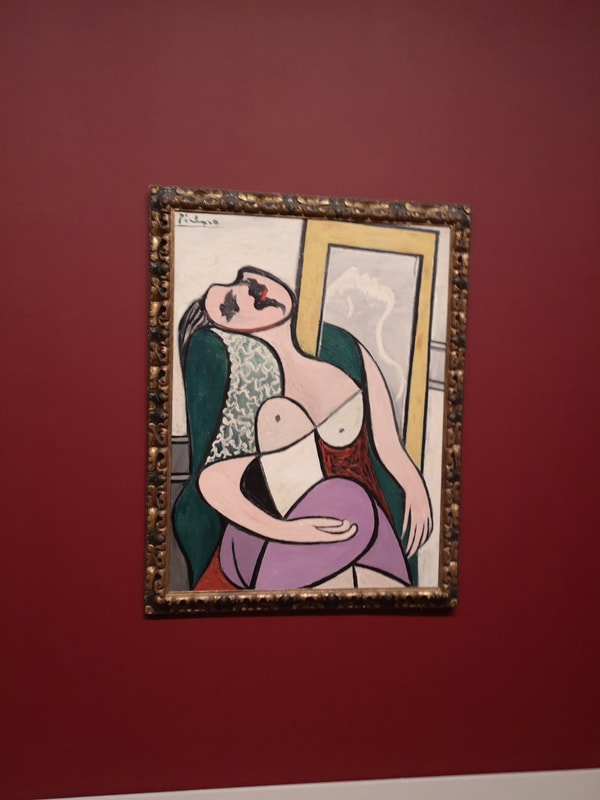
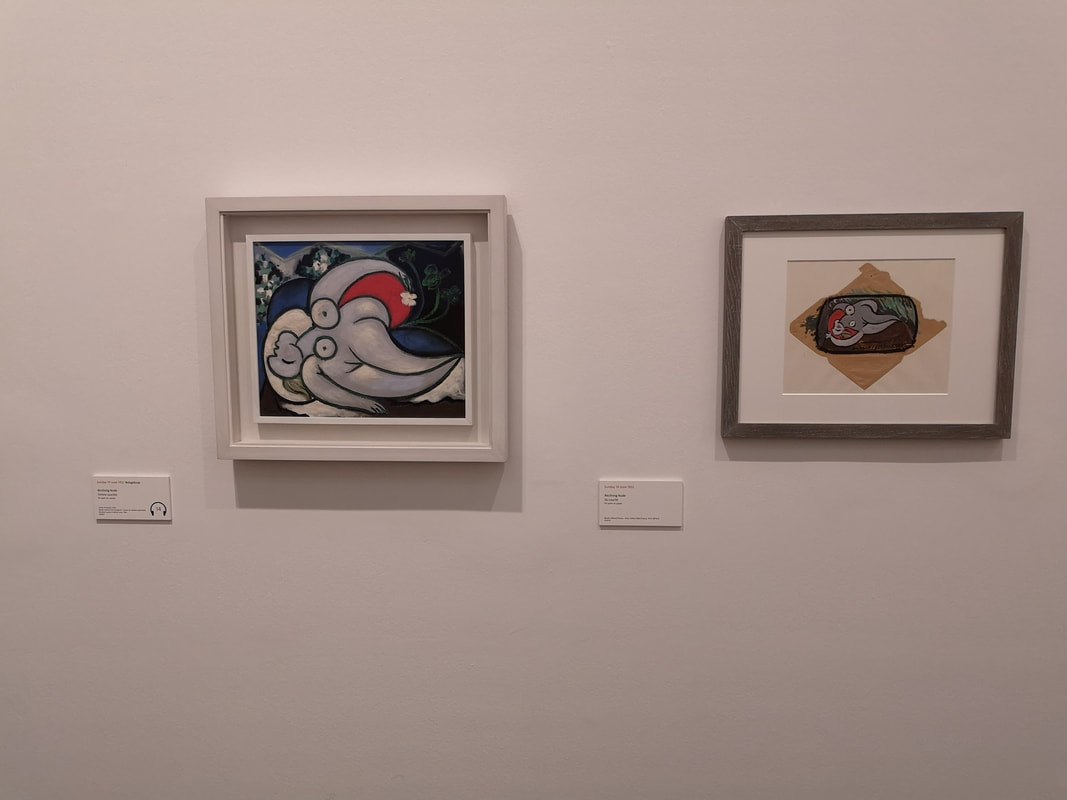
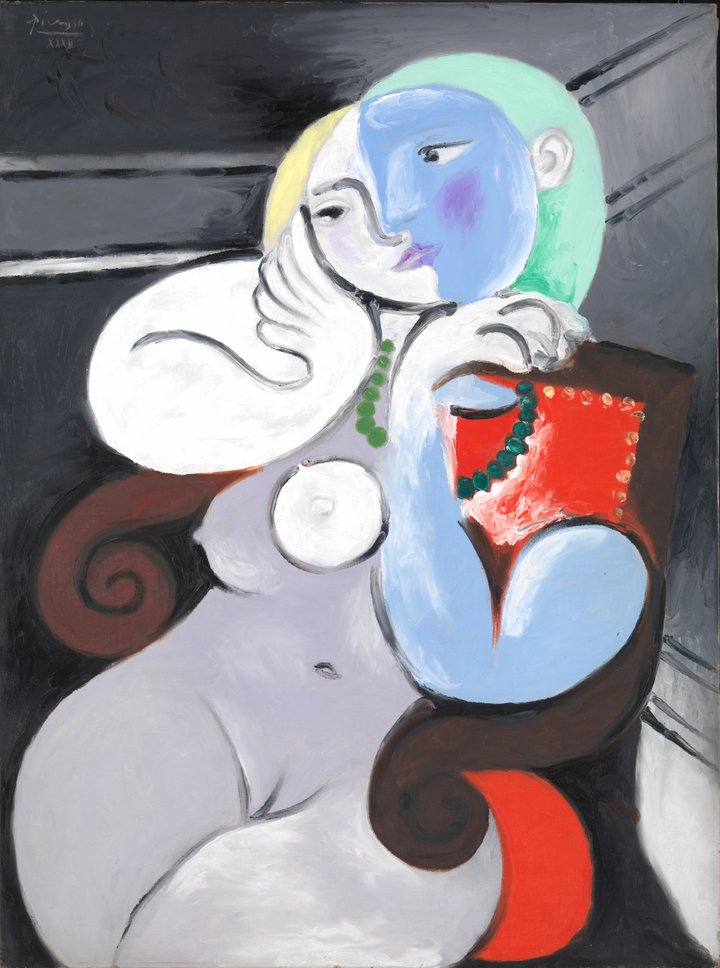

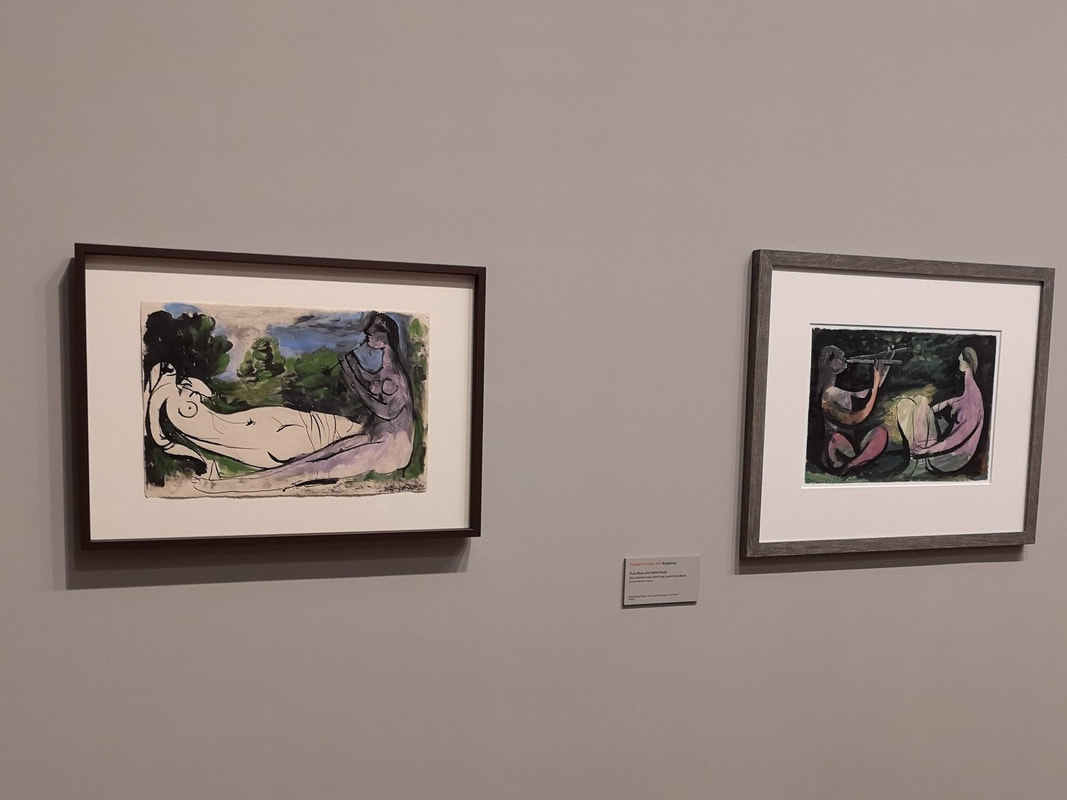
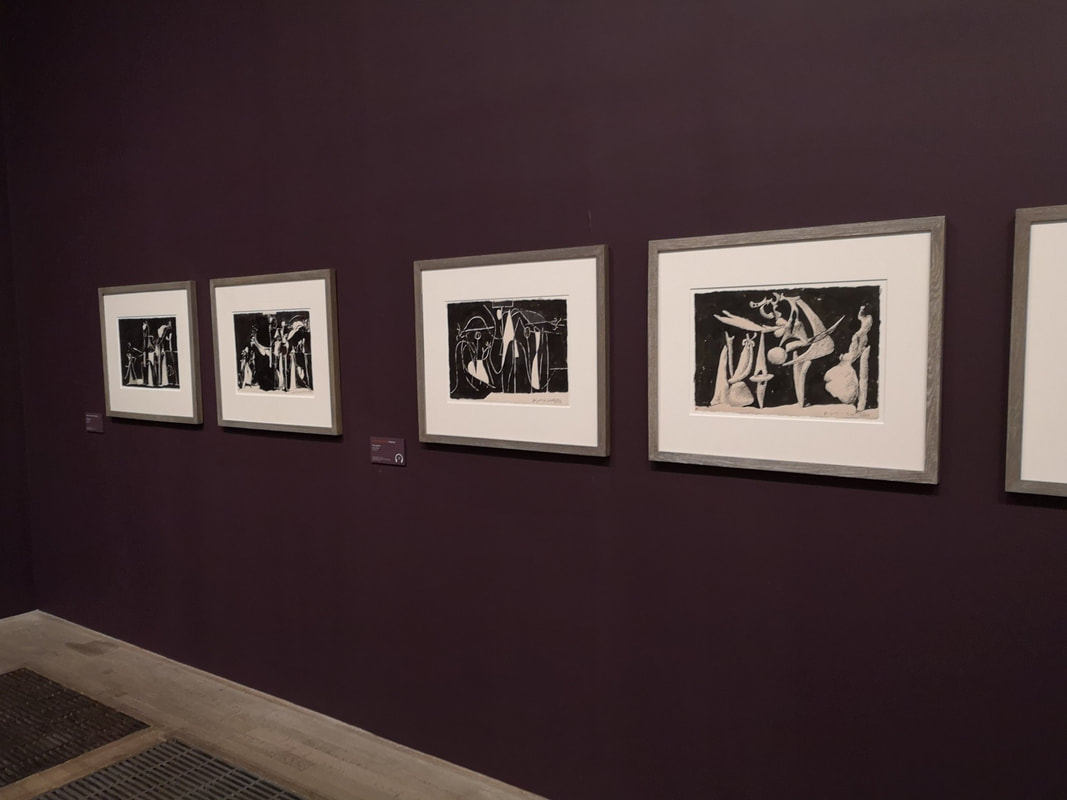
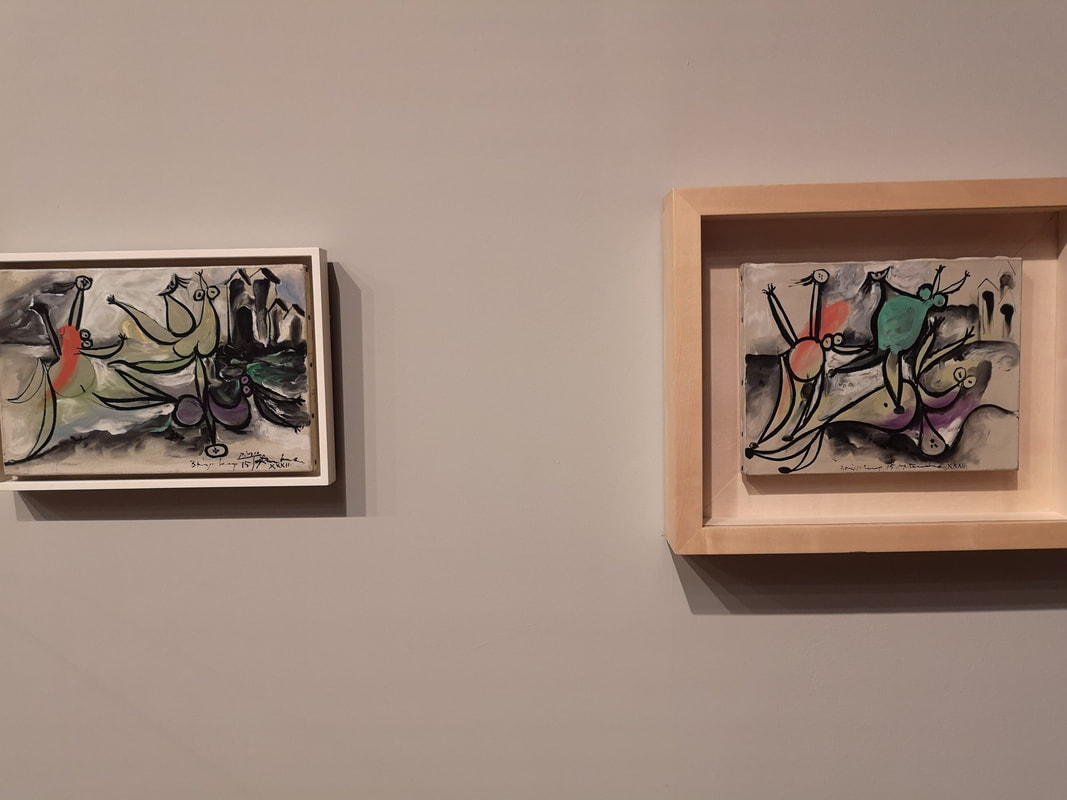
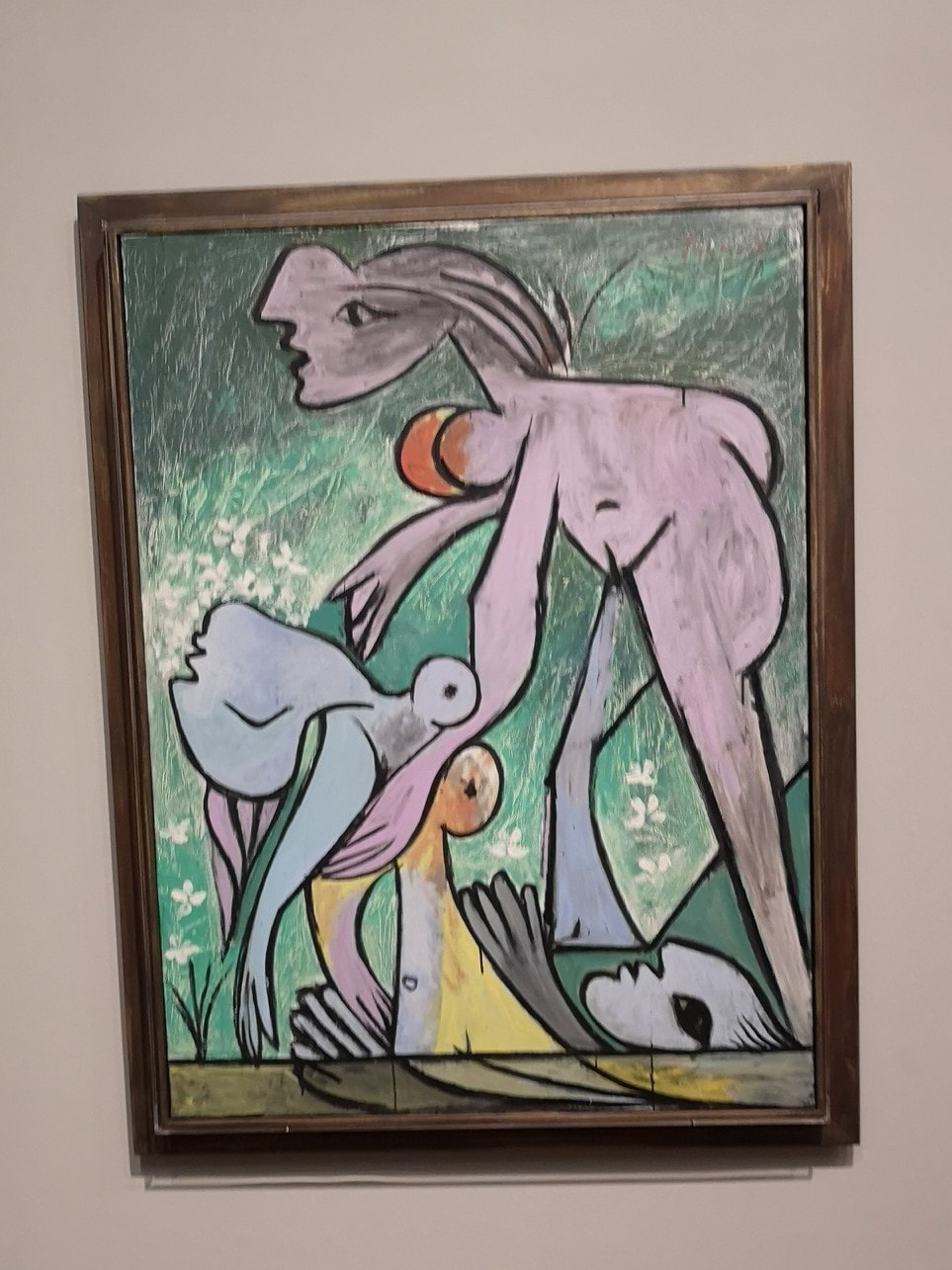
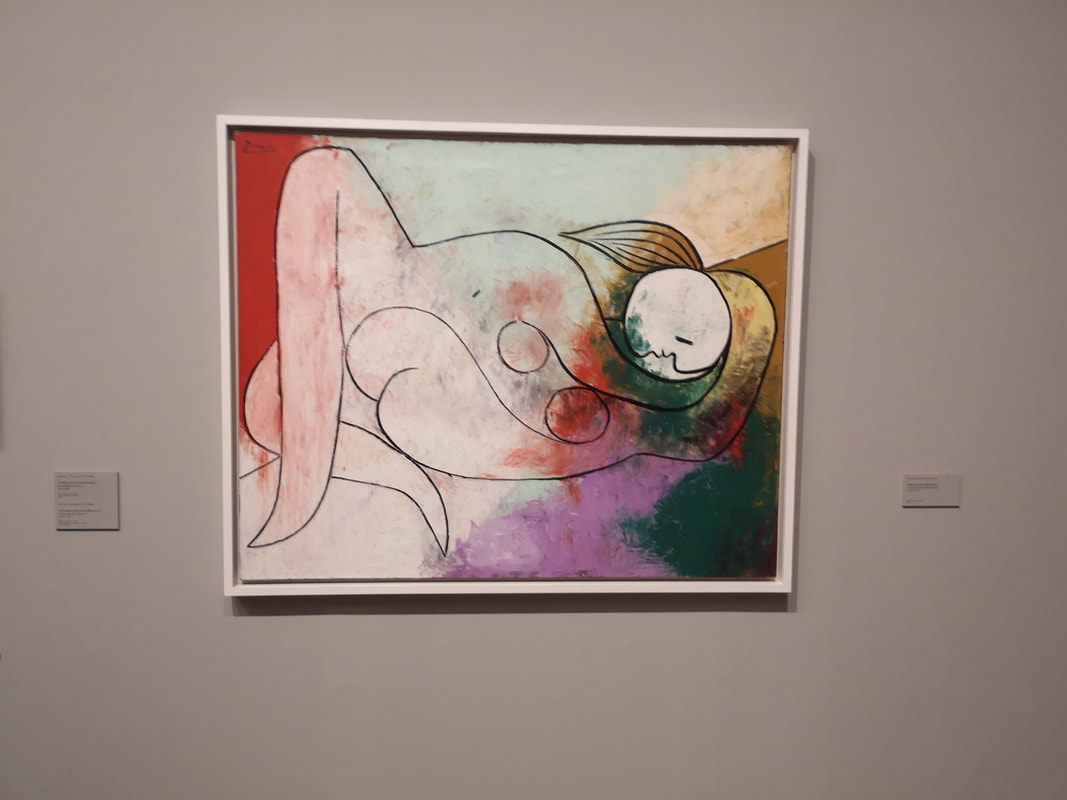
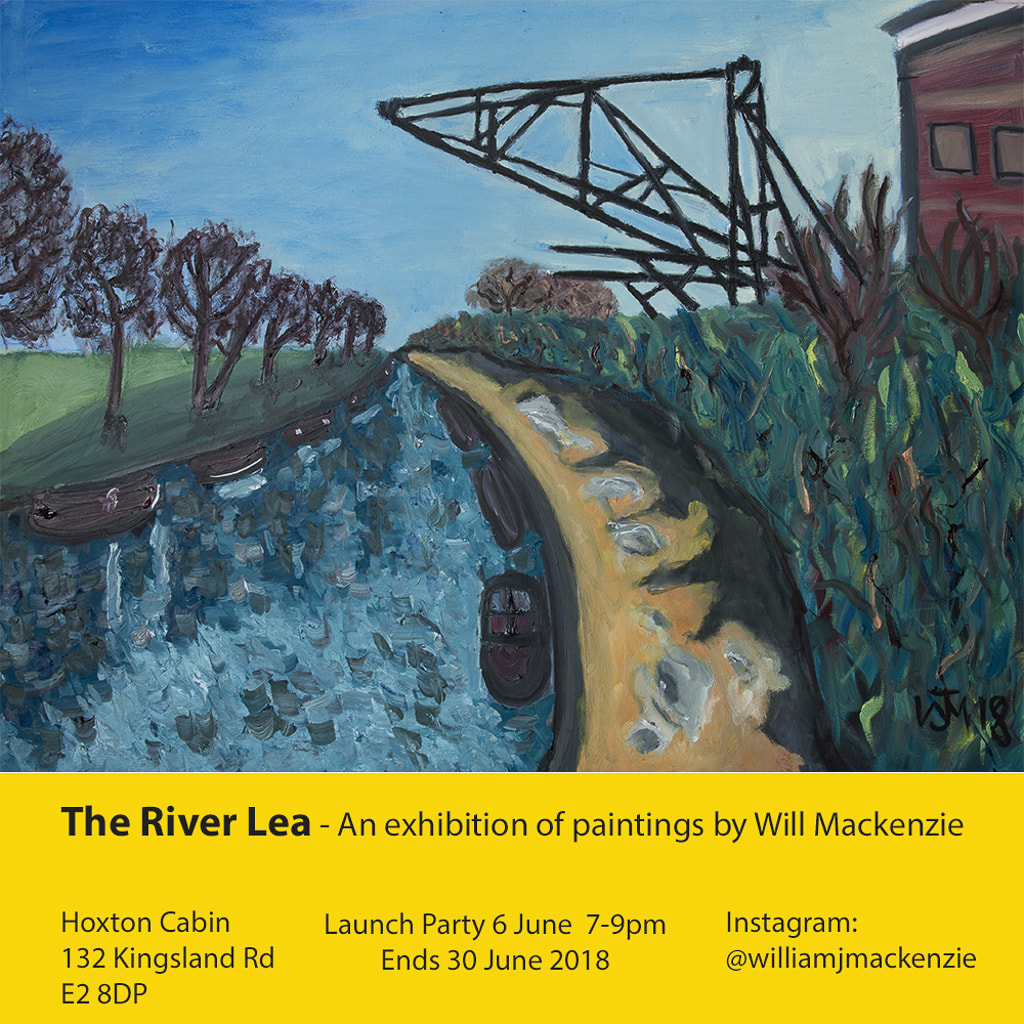
 RSS Feed
RSS Feed